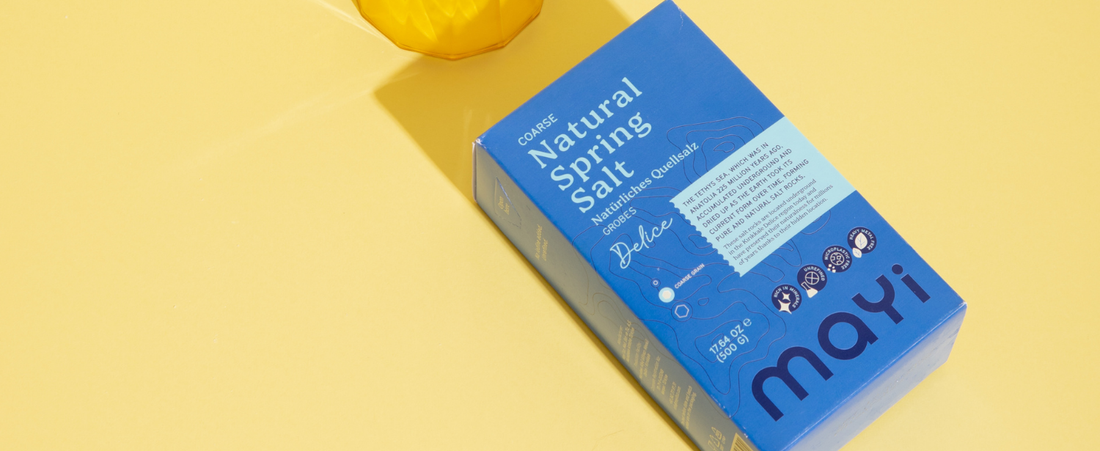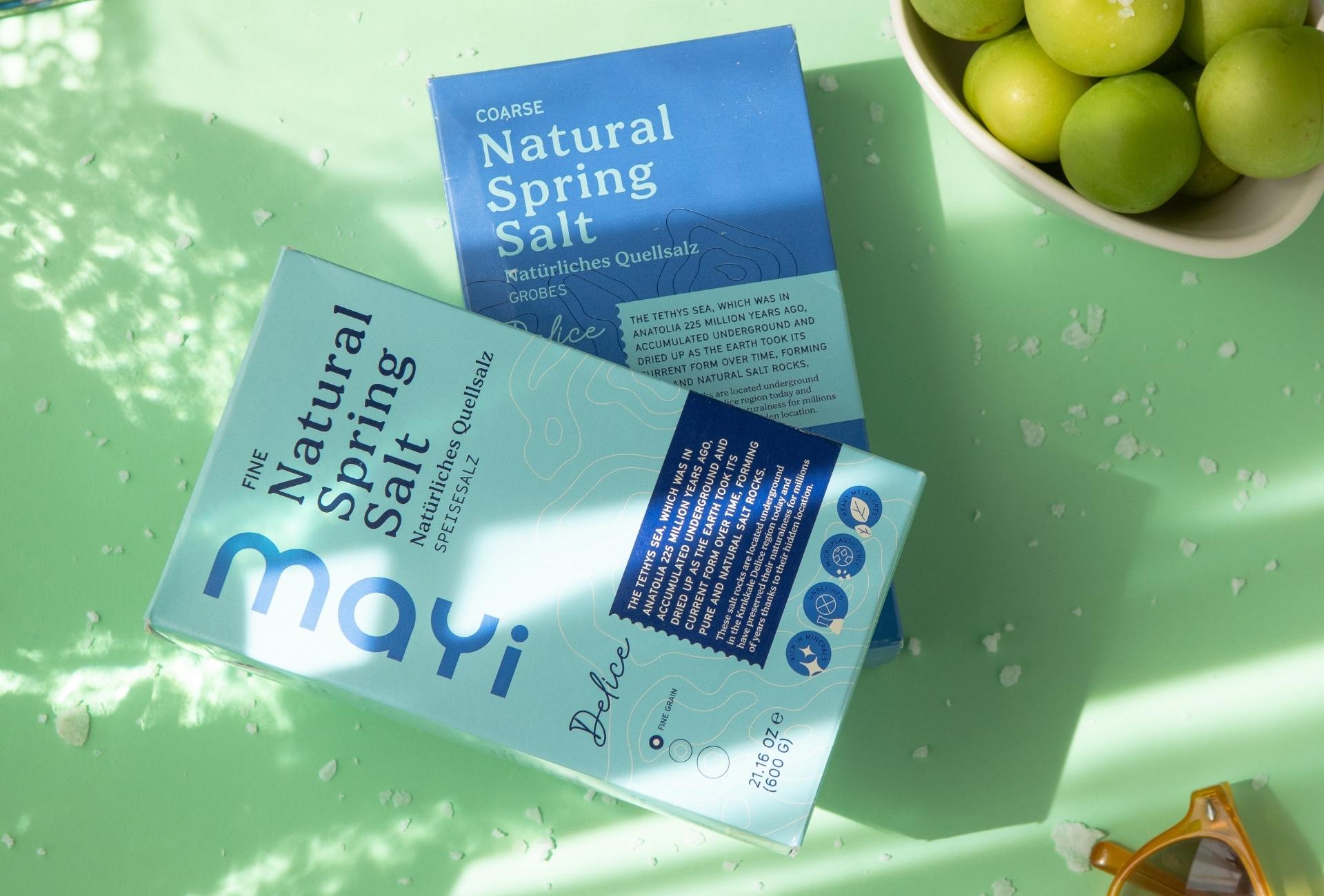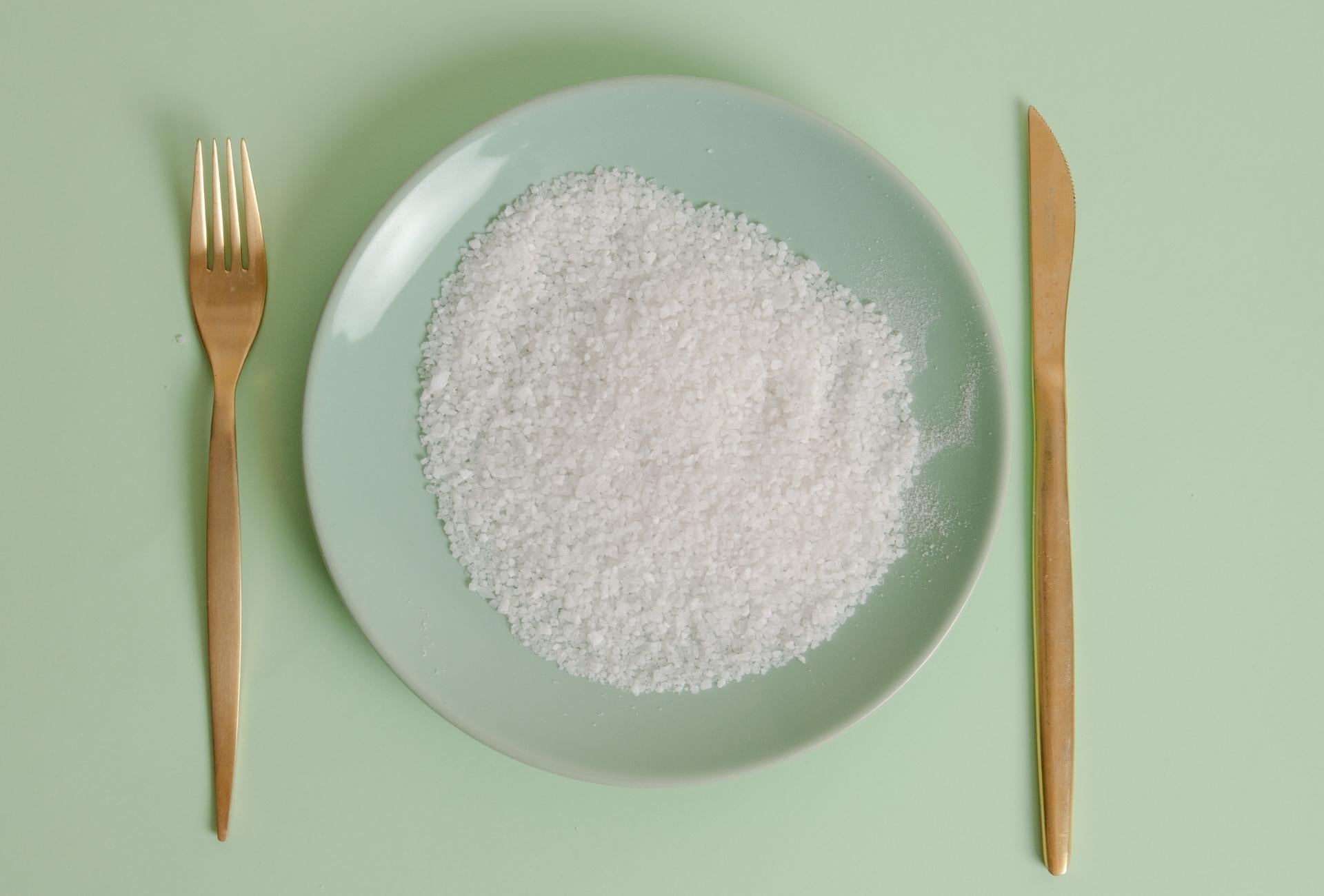When it comes to seasoning, the type of salt used can make a significant difference in both the flavor and outcome of a dish. Coarse salt, fine salt, and sea salt each bring their unique textures and taste profiles, making the choice between them more than just a matter of grain size.
Coarse salt, with its larger, crunchier granules, is ideal for specific culinary applications like creating a crust on meats or adding a burst of flavor on top of finished dishes.
Fine salt, on the other hand, is the go-to for everyday cooking and baking, prized for its ability to dissolve quickly and distribute evenly throughout any dish.
Sea salt, celebrated for its natural extraction process, retains trace minerals that add a subtle complexity to its flavor, making it a favorite for finishing dishes and enhancing natural flavors without overpowering them.
Each type of salt has its virtues and is better suited for different culinary tasks, making it essential to choose the right one based on the cooking method, flavor goals, and health considerations. Whether you're baking, roasting, or finishing, selecting the correct type of salt can elevate your cooking from good to gourmet.
What is Coarse Salt
Coarse salt, characterized by its large, chunky crystals, is a staple in both culinary and non-culinary applications. Unlike table salt, coarse salt's crystals are significantly larger and do not dissolve as quickly, making it ideal for certain uses where a slower dissolve is beneficial. This type of salt is often preferred for creating crusts on meat, as a garnish on hearty dishes, and in salt grinders for fresh seasoning.

The Basics of Fine Salt
Fine salt is the most common form of salt used in households and restaurants. Its small, uniform crystals dissolve quickly, making it perfect for baking and general cooking. Fine salt is excellent for seasoning dishes where a quick integration of saltiness is crucial. It is also typically used to salt pasta water or to create homogenous mixes, like in sauces or dressings.
Exploring Sea Salt
Sea salt is produced through the evaporation of seawater and is often celebrated for retaining trace minerals and elements. These can add subtle nuances in flavor compared to refined salts. Available in both fine and coarse textures, sea salt is versatile in usage, from finishing dishes to being used in cooking. Its flavor can vary slightly depending on the harvesting location due to different mineral content in waters across the globe.
Comparative Analysis: Mineral Content in Coarse, Fine, and Sea Salt
The mineral content of salt varies significantly depending on its type and processing. Coarse and fine salts are often mined from salt deposits or evaporated from salt brines, and they can be either refined or unrefined. Refined salts (typically found in fine salt forms) are processed to remove minerals and impurities, resulting in nearly pure sodium chloride. Unrefined salts (common in some coarse varieties) retain trace minerals like magnesium and calcium, which can add to their nutritional value.
Flavor Profiles: How Coarse, Fine, and Sea Salt Enhance Your Dishes
Each type of salt not only differs in texture but also in how it impacts the flavor of food:
- Coarse Salt: Its larger crystals provide a crunch and a burst of saltiness that is slow to dissolve, making it perfect for finishing dishes where a textural component is desired. It’s particularly effective in drawing out moisture in cooking processes like brining.
- Fine Salt: With its fine, uniform particles, this salt is ideal for achieving a well-rounded flavor in dishes. It dissolves quickly and spreads evenly, ensuring that every bite is consistently seasoned. This makes it particularly useful for baking and in sauces.
- Sea Salt: Known for its ability to add a complex flavor profile, sea salt can vary greatly depending on its harvest area. The retained trace minerals can introduce subtle nuances in flavor, enhancing the natural tastes of ingredients without overwhelming them. It’s excellent as a finishing salt on meats and vegetables or in dishes that benefit from a delicate touch.
Health Implications of Coarse, Fine, and Sea Salt
While all salt types primarily consist of sodium chloride, their health implications can differ slightly due to their mineral content and the presence of additives:
- Sodium Intake: Excessive sodium can lead to health issues like hypertension and cardiovascular disease. Thus, regardless of the type, it's important to manage salt intake.
- Trace Minerals: The additional minerals in unrefined and sea salts can offer minor health benefits, such as improved electrolyte balance due to the presence of potassium and magnesium. However, these benefits should not lead to increased consumption beyond recommended levels.
- Additives: Refined salts often contain additives like anti-caking agents to prevent clumping and, in some cases, iodine to prevent iodine deficiency. These additives are generally considered safe, but some individuals might prefer salts without them for a more natural diet.
Choosing the right type of salt involves considering both the culinary application and your dietary needs, balancing flavor enhancement with health considerations.
Conclusion: Choosing the Right Salt for Your Needs
Selecting the right salt depends on both personal taste and specific culinary needs. Fine salt is versatile for everyday cooking and baking, while coarse salt is better suited for specific tasks like creating crusts or adding a crunchy texture to dishes. Sea salt, with its unique mineral content and flavor profile, is ideal for those looking to enhance their dishes with more natural and varied flavors. Ultimately, the choice between coarse, fine, and sea salt should be based on the desired texture, flavor, and use in specific recipes.




